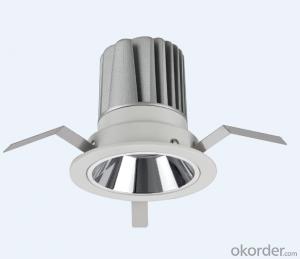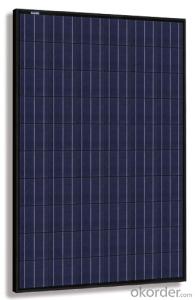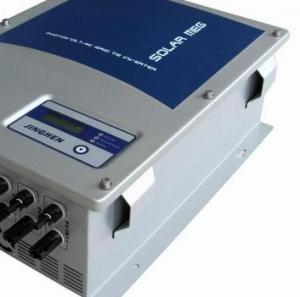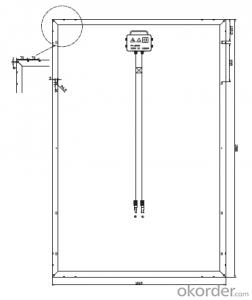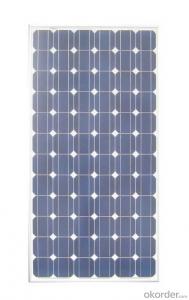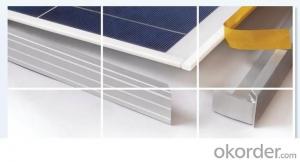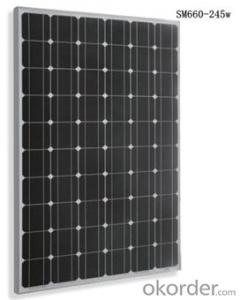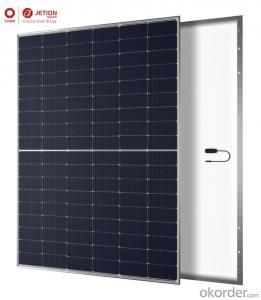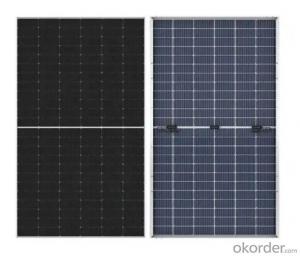Solar Module Inverter
Solar Module Inverter Related Searches
Ac Inverter For Solar Panels Solar Panel With Ac Inverter Gas Furnace With Ac Panda Hot Water Bottle Cover Minion Hot Water Bottle Cover Abb Solar Water Pump Inverter Solar Water Pump Philippines Extra Long Hot Water Bottle Solar Panel Dc To Ac Inverter Old Fashioned Hot Water BottleHot Searches
China Ac Module Solar Panel China Solar Ac Module China Solar Module Prices China Solar Module Solar Module China Ac Module Solar Panel Price Solar Inverter Panel Price Solar Panel Module Price Solar Module Wholesale Price Solar Module Price Per Watt First Solar Module Price Solar Module Price Increase Solar Module Price Solar Panel Inverter Size Solar Panel Module Size Solar Panel Inverter Suppliers Solar Panel Module Types Solar Inverter Solar Panel Tesla Solar Panel Inverter Type Of Inverter For SolarSolar Module Inverter Supplier & Manufacturer from China
Okorder.com is a professional Solar Module Inverter supplier & manufacturer, offers integrated one-stop services including real-time quoting and online cargo tracking. We are funded by CNBM Group, a Fortune 500 enterprise and the largest Solar Module Inverter firm in China.Hot Products
FAQ
- Yes, solar panels can be installed on a warehouse or distribution center. In fact, these large flat rooftops are ideal locations for solar panel installations due to their ample space and reduced shading. By harnessing solar energy, warehouses and distribution centers can significantly reduce their dependence on traditional grid electricity and lower their carbon footprint.
- Green issues aside, are solar panels worth it, monetarily speaking?I don't mean that my house might be worth more or any of that. All I am asking is this: if I invest in a set of solar panels, will the cost be paid back to me over time? If so, how long will it takegt;Take into account the following:. Currently I pay the electric company around $00 per month2. I use around 400 kilowats of energy per monthI realize that exact numbers are hard to come by, but any opinions are welcome.
- There are several factors to consider when looking into solar power for your house. If you want to replace your use of utility electricity with solar power for say a 500 - 2000 square foot home then the system will cost you at least $30000 - $50000 to install. You will also have the maintenance issue of your storage batteries, panels, and inverter which will eventually wear out over time. So lets say we have an optimistic price of $30000 for a whole house system (this would be really cheap), dividing this by your yearly consumption would give you the amount of years it would take for the expenditure to pay for itself (not counting maintenance which could be costly). The payoff would be about 25 years, so all things remaining equal, I would say that it is a bad investment. Solar panels as they are manufactured today do not have a very long life span. They will greatly decrease in efficiency after several years and will most likely need to be replaced in 0 years. The panels themselves are the greatest expense. You could problably find better ways to make/save more money by investing $30000 - $50000 somewhere else IMHO. Solar technology is still not at the point where it is profitable in the sense you are thinking about. Unless of course, there are huge tax incentives for you or large rebate programs through your local utility, but you would have to do the math on that as well. If you are thinking small as in a couple panels to supplement your utility electric, the above still applies as well. In fact will it take longer to recoup the cost of a smaller setup. Hope this helps!
- . The 2v battery will only be turning a small 2v motor that will be turning very slowly yet possibly or a long time. 2. -2 hours max per day it will be running3. I want it to be fully sufficient on solar power once the energy in the battery runs out. What specifications for my panel do you think I will need. However, i have limited space so the smaller the better as long as it can do the jobP.S: I don't know much about electricity and solar power so simple answers please :)
- batteries are rated with the help of the CCA, chilly cranking Amps the better the CCa the longer it is going to very last, don,t imagine you want a charge Controller as your consistently drawing juice from it, the picture voltaic panel will keep the bat at its height , then even as the solar is down , the pump will draw off the bat,
- Just curious.
- Solar panels are built with light-sensitive panels. These panels soak up the energy from the sun's light. This energy is changed to electric power. This power is stored in batteries to use whenever / wherever it is needed.
- I am building a solar car for the energy wiz competition and I was wondering how I could possibly get my solar panel to shift sideways
- having solar panels move like that on a mobile platform is inadvisable -- especially if there is a dynamic wind load resulting from the motion of the mobile platform. Even having a tilt mechanism is dubious at best. think of what limited marginal gain would be gained by mounting a small solar panel on the moon roof of a car. (ultimately, the best answer is to turn the car so that it's angle to the sun is optimal -- but the road/travel direction constraints are what ultimately prohibit that.) while there are ways to build sliding panels, the weight constraints would interfere with your weight/thrust ratios to the point of futility. if you really need that panel somewhere else, don't slide it out of the way, just buy another panel and mount it there. it's more expensive, but it's actually the cheapest solution in terms of design on a mobile platform.
- Snow accumulation on solar panels can significantly reduce their performance. The layer of snow acts as a barrier, preventing sunlight from reaching the panels and reducing their ability to generate electricity. Additionally, the weight of the snow can cause structural damage to the panels if not properly cleared, potentially leading to long-term issues. Therefore, it is important to remove snow from solar panels to ensure optimal performance and longevity.
- We are thinking about useing solar panels for our house.Does anyone know about solar panels? If so could you please tell me some information on them,and the cost for a home,to install them.
- It depends on what you want to do with the solar panels, Heat your water , heat a pool or spa, or to make electricity to use instead of that supplied by the power company. The first three are fairly easy and straight forward. Depending on the amount of water that needs to be heated, the location you live at in relation to the equator and the location of the solar panels and piping . The panels for this applicatin are 00s of feet of piping that absorbs heat from the sun and circlate it. The panels them selves are sort of inert and can be very heavy when filled with water.. Makeing usable power to replace the power company is a real problem because among other things solar cells create DC voltage. A house runs on AC voltage. So all of the items to heat water still apply, location, placement, etc. But now we have to figure hrs of sunlight the output of the cells running the power to a transformer to transform the voltage from 2 volts DC to 20 volts DC and then running the power thru a converter to change it from DC to AC at each point ( transformer converter ) there is a loss of power do to a change in current. After all of the above if a cloud comes by your power will stop, and at night you will have no power. The fix for that is storage cells AKA batteries which store the power until you need it, like night time. The glamor of a all solar powered home is great,, but it isn't practical. So What to do, You eliminate the battery storage, and also hooking up the power to your home. You feed it right into the power companys wiring and guess what? The electric meter on you house runs back wards your send more power to them during off peak times that your using. For every dollar the meter runs backward you get a free dollars worth when you need it. This is a way of storing the power as credit with the power company instead of batteries Its a lot to understand and I hope I helped
- Okay, me and my friends are going to fix up an old trailer that's out in the woods, we want something to be able to run small electric appliances off of, but it's to far to run power to. How can we make a good but cheap homemade solar panel that we could plug things into? The trailer is in more of a field so it gets plenty of sunlight! Thanks for any help! :)
- Solar panel cannot be home made with household material. It was a high tech product. You need to buy them in market. To suppose electricity for a trailer home, solar system becomes very expensive . A t least few thousands dollar to buy solar panels, storage battery bank, DC to AC inverter, heavy gauge wiring and hardware.




